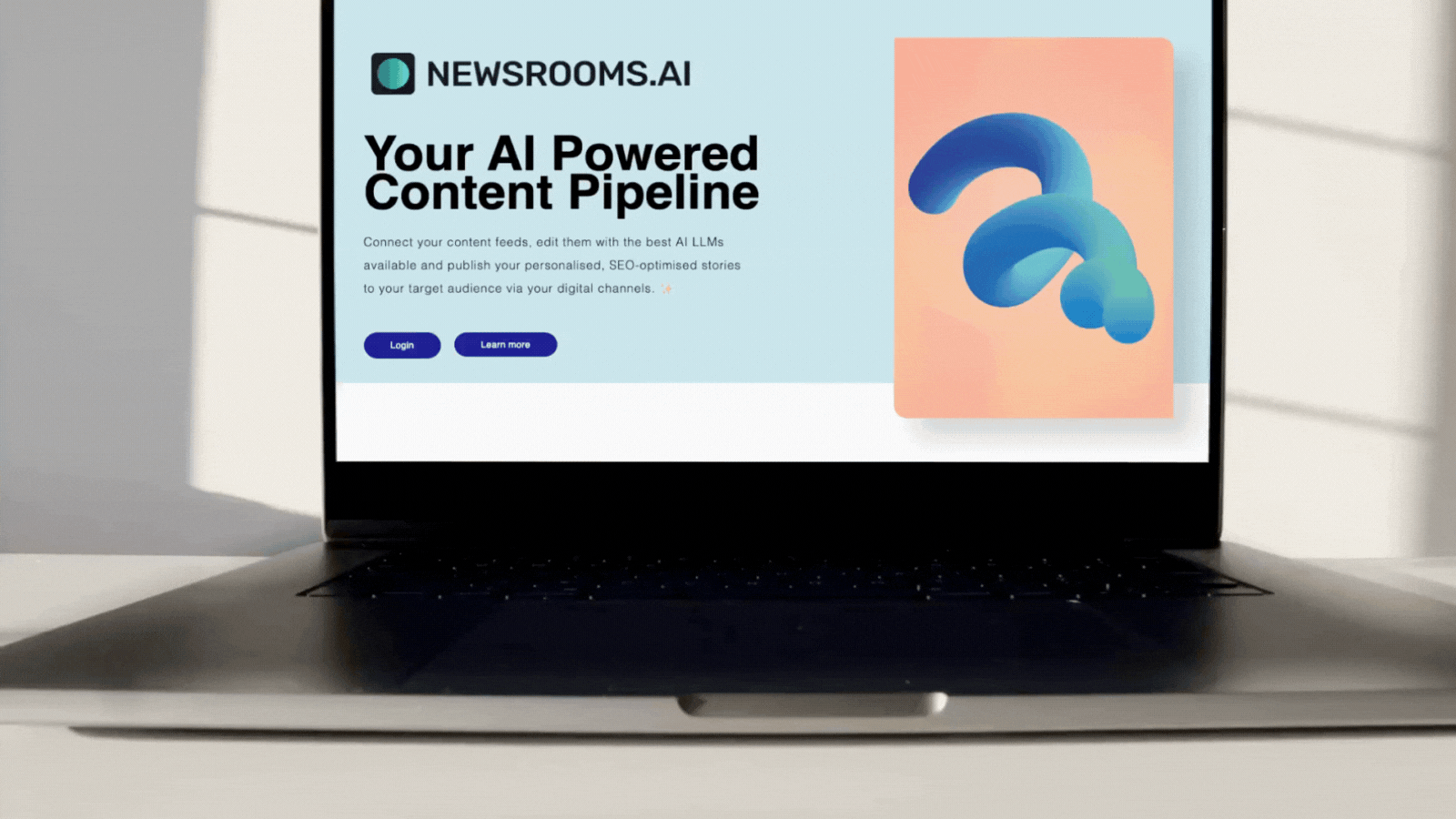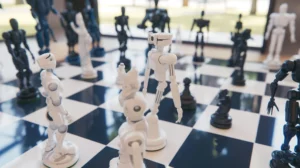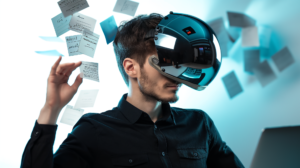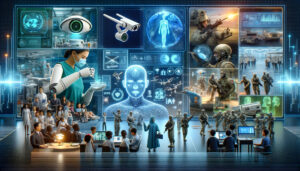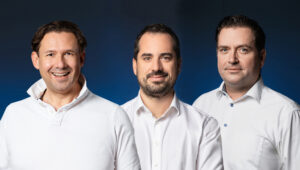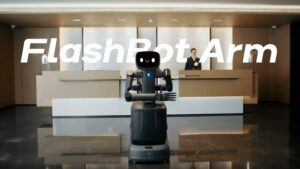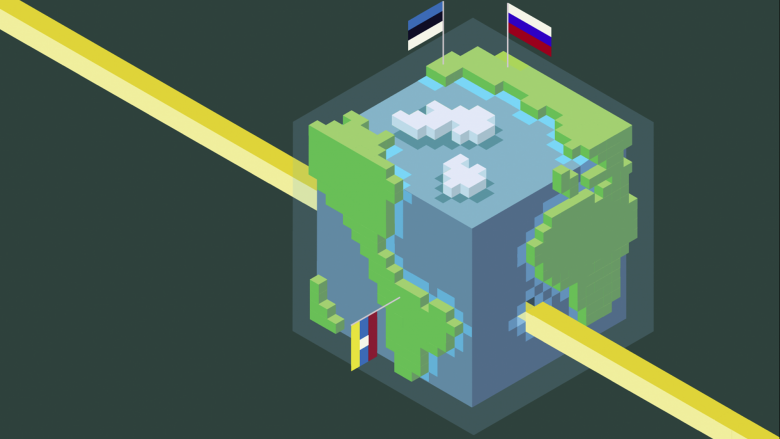Google Health: 9 examples of how generative AI improves health
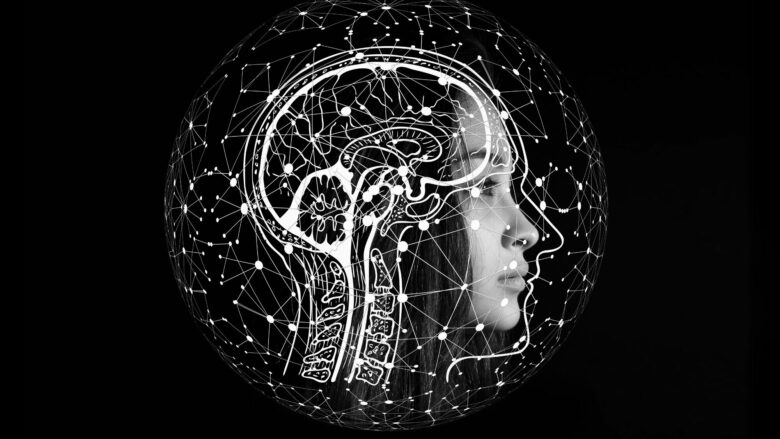
Artificial intelligence is fundamentally revolutionizing the health tech sector. At the Calm/Storm Days 2025 in Vienna, Laura Heidrich, Manager of Digital Natives at Google Cloud, presented seven key developments from the Google Health research department. Some of them are already available, others are still in development. These are trends that will improve healthcare in the future and have an even greater impact.
1. AI-generated diagnoses
“Who among you would accept an AI-generated diagnosis or treatment?” Heidrich asked the audience, consisting mainly of investors and startup founders. Hardly anyone raised their hand.
“And who with an accuracy of 80-85 percent?” Again, only a few hands went up. Heidrich found this interesting, because doctors often achieve this accuracy in diagnosis, while AI can achieve up to 97 percent.
AI would change the game, especially from a financial perspective. At the same time, however, it is about productivity gains that give medical staff more time to work with patients.
2. Optimized collaboration in healthcare
AI enables easier and more efficient collaboration in the medical field through real-time translation during video conferences and collaborative work on documents. This should significantly improve communication between healthcare providers.
3. Faster software development
Given the shortage of nursing staff, AI is helping developers program medical applications faster and more efficiently, leading to faster time to market for important healthcare solutions.
4. Automation of administrative tasks
In the healthcare sector, AI can help with the creation of discharge papers for patients. Doctors would only have to quickly review these documents and approve them with one click. A process that would otherwise be lengthy and time-consuming is streamlined and creates more time for patient care.
5. Personalized health recommendations
Heidrich sees a transformative AI solution for the healthcare market in the area of tracking: By analyzing fitness tracker data, individualized health recommendations can be created. Large amounts of data then enable precise suggestions tailored to the individual. For example: “Do a 30-minute yoga session this morning.”
6. Medical knowledge systems
Special AI models such as MedLM, an advanced language model, have passed the US medical exam with almost 90 percent accuracy. Such knowledge-based systems would continue to evolve and in some cases surpass the diagnostic accuracy of humans, which is around 80 to 85 percent.
7. Improved patient communication
According to Heidrich, patients perceive AI-supported chatbots as more empathetic and precise in communication than human interactions. Multimodal systems are used here that can process different input modes such as text and speech and generate different outputs such as text or images.
8. Image analysis in diagnostics
In areas such as pathology, radiology, and ophthalmology, AI is intended to support the analysis of tissue and organs. The advantage: time can be saved during operations, diagnoses are supported and better decisions can be made. To ensure that doctors remain alert and do not blindly trust the results of the AI, in some cases incorrect data is intentionally fed in.
9. Protein structure predictions
The final example is AlphaFold from Google DeepMind. The technology is intended to revolutionize and significantly accelerate the prediction of protein structures. This could deepen the understanding of biological processes and advance the development of new therapies, especially for rare diseases.






